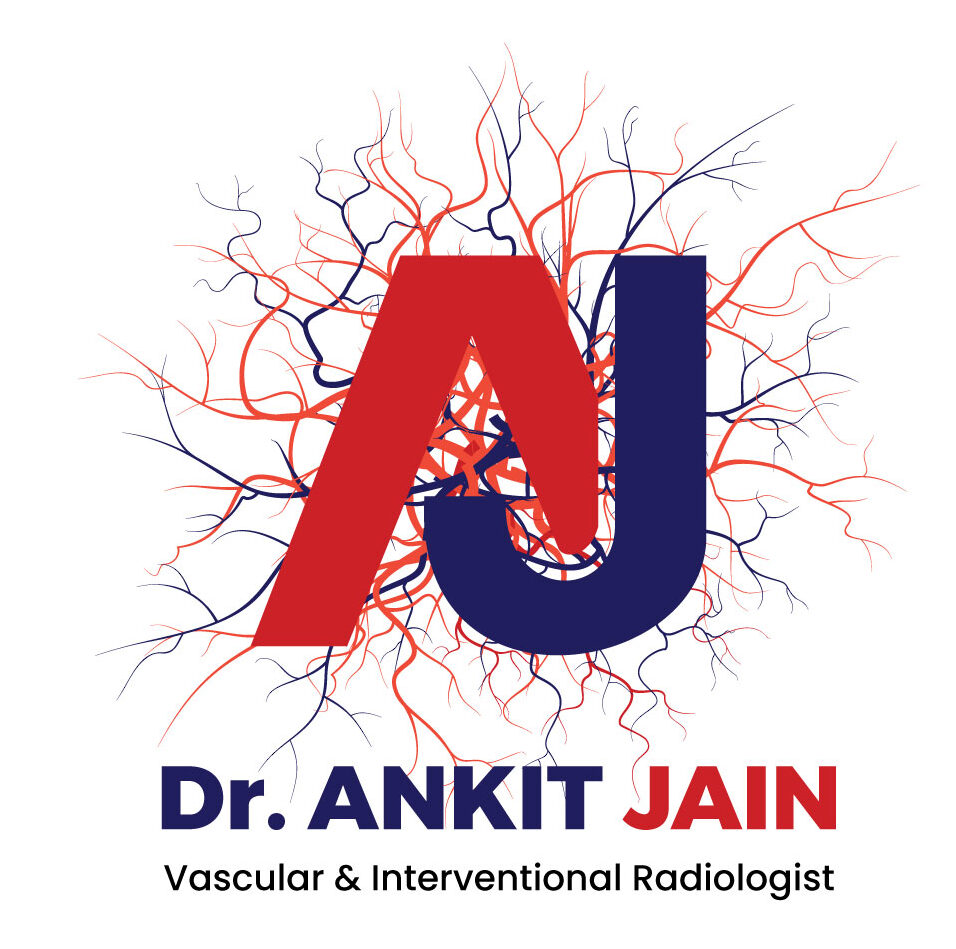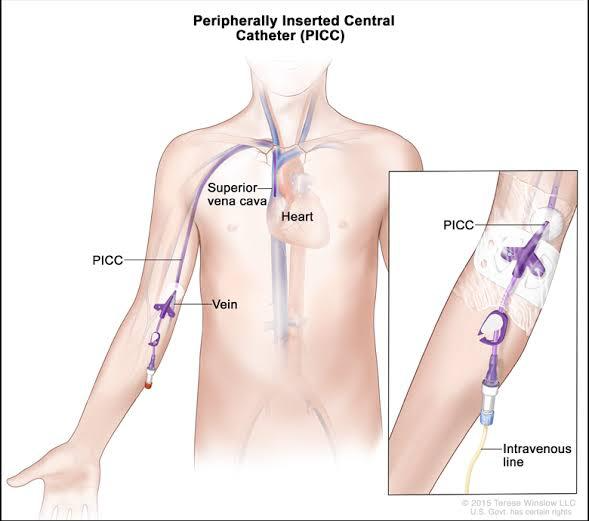What Does PICC Stand for, and Where Is It Usually Inserted?
In the world of modern medical care, certain procedures have made treatments safer and more comfortable for patients. One such essential procedure is the PICC line placement. If you want to find out more about this, you’ve come to the right place. In this blog, we’ll break down what a PICC line is, where it’s inserted, and why so many people now choose it for long-term intravenous therapies. When it comes to safe and professional care, many patients opt for the Best PICC Line Placement in Sector 71. Let’s explore everything you should know.
For fast information, direct chat with us on WhatsApp.
What Does PICC Stand For?
PICC stands for Peripherally Inserted Central Catheter. It is a long, thin, flexible tube that physicians place into an arm vein and guide toward a large vein close to the heart.
This type of catheter is designed for patients who need long-term medications, fluids, nutrition, or blood draws. The benefit of using a PICC line over repeated needle pricks is one of the reasons it has become so common in hospitals and clinics.
At Dr. Ankit Jain’s clinic, specialists perform this procedure using modern techniques and imaging technology to ensure precise placement and reduce risks.
Where Is a PICC Line Usually Inserted?
A PICC line is typically inserted into one of the large veins of the upper arm, often in the basilic, cephalic, or brachial vein. The catheter is then carefully navigated through the vein until its tip arrives at the superior vena cava, a large vein close to the heart.
The insertion is done under ultrasound guidance to find the right vein and avoid any complications. Some clinics, including Dr. Ankit Jain’s, also use fluoroscopy to confirm the correct placement before finishing the procedure.
This ensures reliable access for medications and treatments without frequent needle insertions, which is one of the reasons people seek the Best PICC Line Placement in Sector 71.
Why Would You Need a PICC Line?
A PICC line is usually recommended for people who need:
- Long-term antibiotic treatments
- Chemotherapy
- Total parenteral nutrition (TPN)
- Frequent blood draws
- IV medications over several weeks or months
The line allows easy and less painful access to veins over an extended period, making treatments smoother for both patients and healthcare providers.
Many hospitals and clinics, including offer this facility as part of their interventional radiology services.
How Is a PICC Line Inserted?
The procedure starts with cleaning the area and administering a local anesthetic to numb the site. Subsequently, with the help of ultrasound, the selected vein is identified and the catheter is placed using a guidewire.
The catheter is then advanced through the vein towards the chest. Once in position, imaging is used to confirm the location of the catheter tip. After securing the line with a dressing, it’s ready for use.
If you need this procedure, choosing the Best PICC Line Placement in Sector 71 ensures accurate, safe, and complication-free treatment.
Benefits of a PICC Line
A PICC line comes with multiple advantages, especially for patients needing long-term IV therapies. Here are some key benefits:
1. Fewer needle pricks
No need for repeated vein access for medications or blood tests.
2. Lower infection risk compared to other central lines
When maintained properly, it’s safer for long-term use.
3. Can stay in for weeks to months
Some PICC lines can remain in place for extended periods.
4. Comfort and convenience
Patients can move freely while receiving treatments.
It’s always wise to opt for an experienced interventional radiologist known for providing the Best PICC Line Placement in Sector 71.
Important Facts About PICC Lines
- The line can have one, two, or three lumens (channels), depending on treatment needs.
- Proper care is essential to prevent clots or infections.
- Regular flushing keeps the line open and functioning.
- PICC line insertion typically takes about 30-45 minutes.
- It’s an outpatient procedure in most cases.
Clinics offering the Best PICC Line Placement in Sector 71 often have skilled specialists who explain these details to patients before the procedure.
Possible Side Effects of a PICC Line
The procedure is safe, but like any medical process, it has some minor risks:
- Infection at the insertion site
- Blood clots in the arm veins
- Catheter displacement
- Allergic reaction to medications or antiseptics
With expert care at Dr. Ankit Jain’s clinic, such risks are minimized through strict sterile techniques and continuous monitoring.
How to Care for a PICC Line
Proper maintenance of a PICC line is crucial:
- Keep the site clean and dry.
- Change dressings as advised.
- Flush the catheter regularly with saline or heparin.
- Be alert for any redness, swelling, or pain in the area.
Your healthcare provider will give specific guidelines. Clinics providing the Best PICC Line Placement in Sector 71 also offer post-procedure care instructions to ensure patient safety.
Why Choose a PICC Line Over Regular IVs?
A PICC line is a preferred choice for long-term treatments as it spares patients from repeated vein punctures, offers stable access, and reduces vein damage. It’s ideal for therapies lasting weeks or months.
Facilities prioritize patient comfort and safety by offering modern PICC line placement with minimal discomfort and quick recovery times.
Conclusion
In summary, a PICC line, or Peripherally Inserted Central Catheter, is a vital tool in modern healthcare for delivering medications, nutrients, or blood products over extended periods. Inserted through a vein in the upper arm, it travels to a large vein near the heart.
Opting for the Best PICC Line Placement in Sector 71 ensures a safe, precise, and professionally handled procedure. When highly qualified experts such as Dr. Ankit Jain take the lead, patients can undergo a treatment process that is both smoother and safer.
If you or someone dear to you needs long-term intravenous treatment, seek a specialist’s advice for an appropriate assessment. Clinics offering the Best PICC Line Placement in Sector 71 can guide you through the process with expert care and reliable outcomes.
For more information about this service, visit drankitinterventionalradiologist.com.


